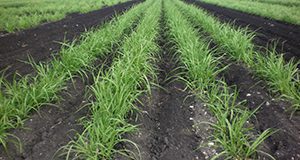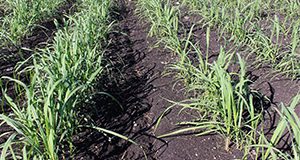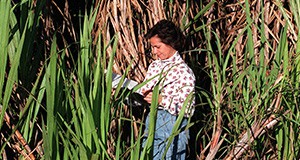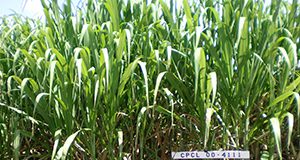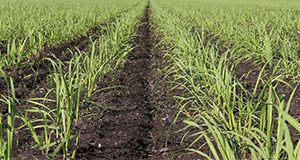This 6-page fact sheet written by Ron Cherry, Mabry McCray, Hardev Sandhu, and Michael Karounos and published by the UF/IFAS Entomology and Nematology Department is intended to inform sugarcane growers, scouts, pesticide applicators, and researchers about fluctuations of economically important sugarcane pests and implications for the management of those pests.
https://edis.ifas.ufl.edu/in1313
Tag: Hardev Sandhu
Sugarcane Cultivar Descriptive Fact Sheet: CP 06-2400, CP 06-2042, and CP 07-2137
This 5-page fact sheet provides basic information and yield and disease information for CP 06-2400, CP 06-2042, and CP 07-2137 to assist growers in better selection and management of these cultivars. Written by Hardev Sandhu, Matt VanWeelden, and Wayne Davidson, and published by the UF/IFAS Agronomy Department, December 2019.
http://edis.ifas.ufl.edu/sc106
Sugarcane Cultivar Descriptive Fact Sheet: CPCL 02-0926 and CP 05-1526
This new 5-page fact sheet provides basic information as well as yield and disease information for CPCL 02-0926 and CP 05-1526 to assist growers in selection and management of these cultivars. Written by Hardev Sandhu and Wayne Davidson, and published by the UF/IFAS Agronomy Department, February 2019.
http://edis.ifas.ufl.edu/sc105
Sugarcane Cultivar Descriptive Fact Sheet: CPCL 02-6848 and CPCL 05-1201
CPCL 02-6848 and CPCL 05-1201 are emerging sugarcane cultivars in Florida. Both cultivars were released commercially in 2012 and were quickly adopted by local sugarcane growers because of high yields and moderate to high resistance against major sugarcane diseases in Florida. This 4-page fact sheet provides basic information and yield and disease information to assist growers in management of these cultivars. Written by Hardev Sandhu and Wayne Davidson, and published by the UF/IFAS Agronomy Department, March 2018.
http://edis.ifas.ufl.edu/sc104
Sugarcane Cultivars Descriptive Fact Sheet: CPCL 97-2730 and CPCL 00-4111
CPCL 97-2730 and CPCL 00-4111 are emerging sugarcane cultivars in Florida with rapid expansion in last couple of years. Both were ranked among the top 10 sugarcane cultivars in Florida in the 2015 Sugarcane Variety Census (VanWeelden et al. 2016) based on their total acreage. High biomass yield and better rust resistance greatly improve the chances of the cultivars’ adoption by growers. This fact sheet provides basic information and yield and disease information about CPCL 97-2730 and CPCL 00-4111 to assist growers in decision-making related to further expansion of these cultivars. Written by Hardev Sandhu and Wayne Davidson, and published by the UF/IFAS Agronomy Department, May 2017.
http://edis.ifas.ufl.edu/sc103
Sugarcane Cultivars Descriptive Fact Sheet: CP 96-1252, CP 01-1372, and CP 00-1101
Sugarcane cultivars CP 96-1252, CP 01-1372, and CP 00-1101 are the top three commercial sugarcane cultivars in Florida, occupying more than 43% of total sugarcane area. These cultivars are developed through the cooperative agreement among the United States Department of Agriculture (USDA), Canal Point, the UF/IFAS Everglades Research and Education Center in Belle Glade, and the Florida Sugar Cane League. This 4-page fact sheet provides information on the cultivars, their parentage, flowering, cold tolerance, yields, disease response, and major growth or yield issues. Written by Hardev Sandhu and Wayne Davidson, and published by the UF Agronomy Department, December 2016.
http://edis.ifas.ufl.edu/sc102
